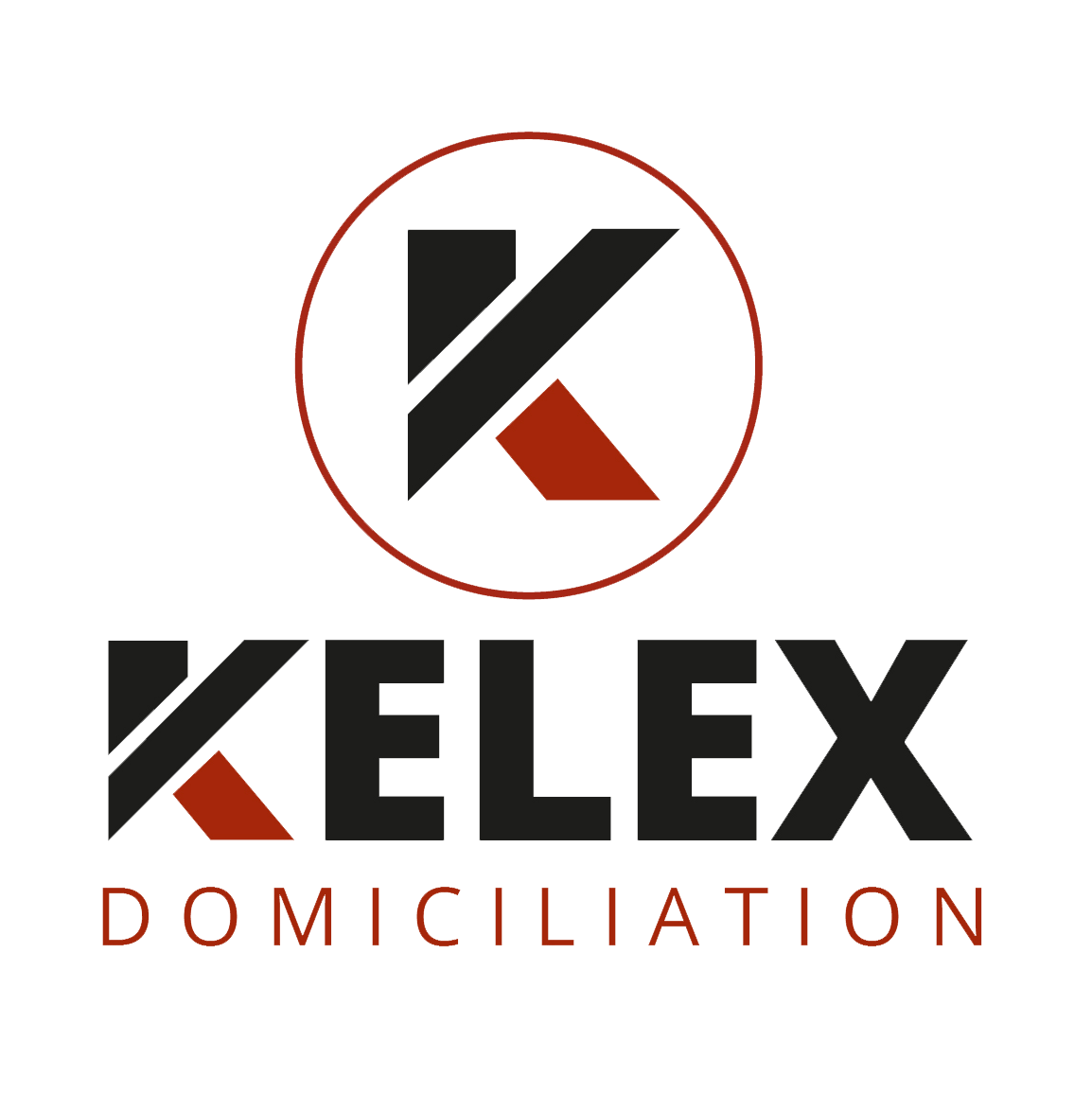A propos de moi
Influencer marketing has develop into an integral part of many companies' marketing strategies in latest years. With the rise of social media and the increasing significance of authenticity in advertising, influencers have change into highly effective allies in reaching target audiences. Nevertheless, one challenge that marketers often face is measuring the return on investment (ROI) in influencer marketing campaigns. In this article, we will explore numerous strategies and metrics to help businesses successfully measure the ROI of their influencer marketing efforts.
Define Your Goals:
Earlier than diving into ROI measurement, it's crucial to ascertain clear aims to your influencer marketing campaign. What do you wish to achieve? Elevated brand awareness, website traffic, product sales, or interactment? Clearly defined goals will guide your measurement efforts and allow you to determine the appropriate metrics to track.
Track Engagement Metrics:
Engagement metrics are some of the commonest and straightforward ways to measure the success of an influencer marketing campaign. Metrics similar to likes, comments, shares, and click-via rates (CTR) can provide valuable insights into how well your content is resonating with the audience. You may track these metrics utilizing social media analytics tools and compare them to your campaign goals.
Monitor Follower Growth:
Another essential metric to measure ROI in influencer marketing is the growth within the influencer's follower rely throughout and after the campaign. An increase in followers can point out that the campaign uncovered your brand to a wider audience, doubtlessly leading to future conversions.
Analyze Website Traffic:
If your goal is to drive traffic to your website, track the number of visitors who land in your site by means of the influencer's content. Google Analytics and different web analytics tools may help you attribute website traffic to specific referral sources, including influencer campaigns.
Calculate Price-Per-Engagement (CPE):
CPE is a useful metric for evaluating the associated fee-effectiveness of your influencer marketing campaigns. To calculate CPE, divide the total cost of the campaign by the total number of engagements (likes, comments, shares, etc.) generated. This metric helps you assess how a lot you're spending to have interaction your audience and might be compared to different marketing channels.
Assess Conversion Metrics:
To determine the precise impact in your bottom line, it's necessary to track conversion metrics. This contains the number of purchases, sign-ups, or other desired actions taken by customers who were uncovered to the influencer's content. Use trackable links, promo codes, or UTM parameters to attribute conversions accurately.
Consider Influencer-Specific Metrics:
In addition to general campaign metrics, consider influencer-particular data. This includes the influencer's audience demographics, have interactionment rates, and authenticity. Analyzing these factors will help you identify which influencers are delivering the perfect ROI for your brand.
Measure Model Sentiment:
Brand sentiment analysis involves monitoring social media conversations and comments related to your model during and after an influencer campaign. Positive sentiment can point out a profitable campaign that resonates with the audience, while negative sentiment could signal points that need addressing.
Calculate Return on Investment (ROI):
To calculate the general ROI of your influencer marketing campaign, subtract the total costs (including influencer fees, content material production, and any other expenses) from the total revenue generated as a result of the campaign. Divide the outcome by the total prices and multiply by 100 to get the ROI percentage.
ROI (%) = [(Total Income - Total Prices) / Total Costs] x one hundred
Evaluate Long-Time period Impact:
While fast ROI is essential, remember to assess the long-time period impact of influencer marketing. Building brand awareness and loyalty can result in continued customer interactment and future revenue. Consider conducting submit-campaign surveys or follow-up evaluation to gauge ongoing benefits.
In conclusion, measuring ROI in influencer marketing campaigns requires a combination of quantitative and qualitative metrics. By setting clear targets, tracking have interactionment, monitoring website visitors, and analyzing conversion metrics, companies can achieve valuable insights into the effectiveness of their influencer partnerships. Remember that influencer marketing just isn't just about short-time period features but in addition about building lasting relationships with each influencers and customers for sustained development and success.
If you have any kind of inquiries relating to wherever in addition to how you can utilize Influencer tool, you'll be able to call us on our own web site.
Position
Travail

